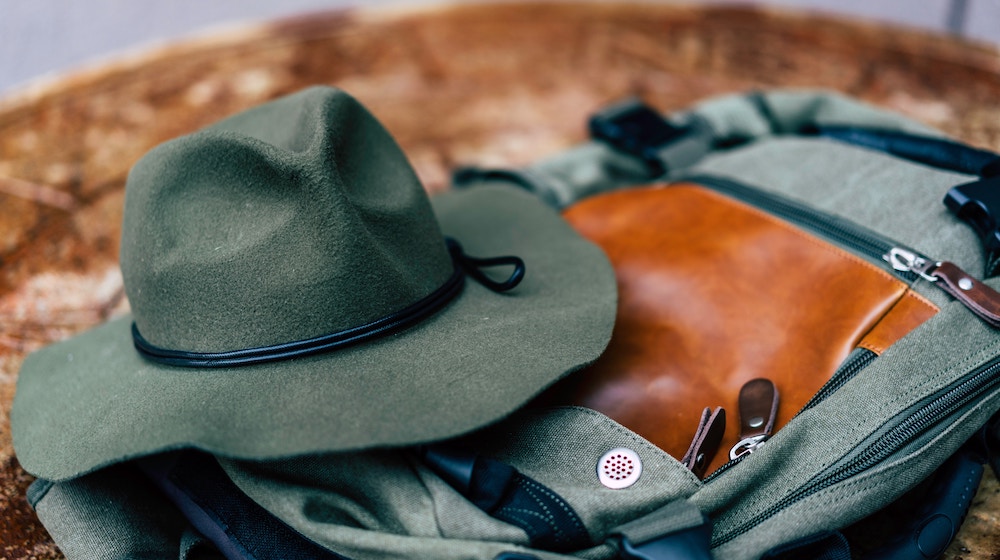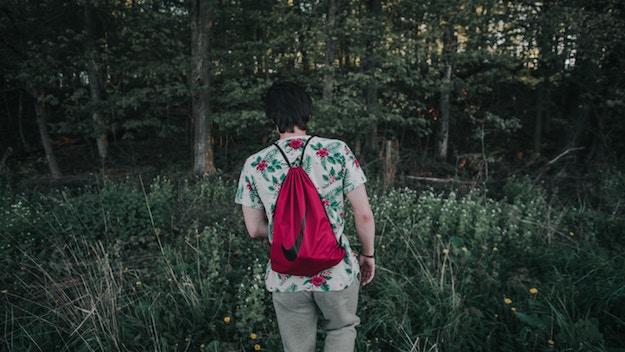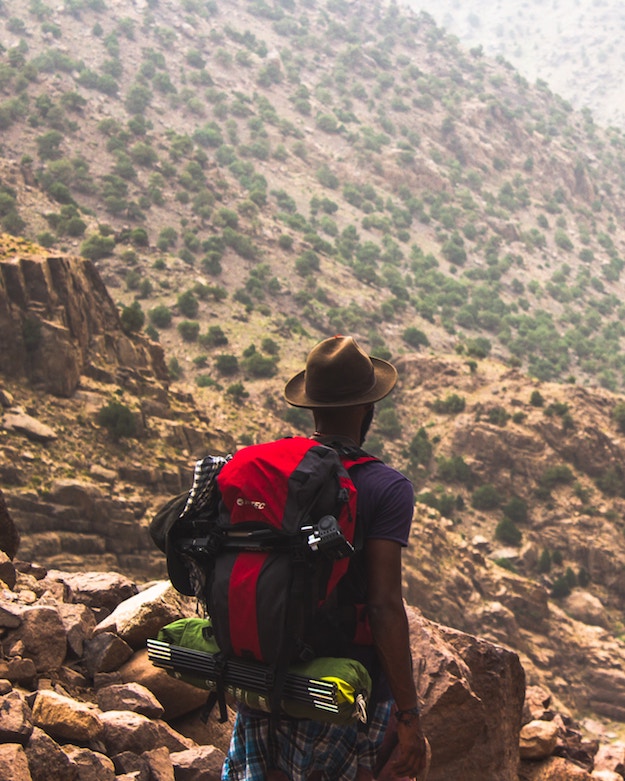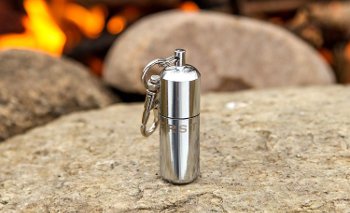Preparedness
Properly Packing 12, 24, 48, and 72 Hour Survival Bags

It is very crucial to be prepared for an emergency situation at all times no matter where an individual or family may be. Whether you’re in the car driving, off at school or at work, relaxing at home, or even out of town for the weekend keeping your survival bags nearby will make a great difference. The essentials you put in your bag will depend on how long your trip might last and how far you will be away from home. The season of the year is also a factor so the gear you bring may vary as well. Like there’s absolutely no need for you to bring a winter jacket on a summer trip.
How To Pack 1-Day, 2-Day, And 3-Day Survival bags
If you’re a person who travel a lot and fond of exploring the outdoors, you gotta be familiar with the proper way to pack your things based on the duration of your trip. When I’m bored, I always like to go for those short hikes on easy trails, and my survival bag is one of the most important preparations I have to make. Trust me when I say you can’t be too confident of not being prepared even if you’ve been to the place a hundred times before. Know how long your trip is going to last. Pack all the essentials like clothing, medical kit, food, and sleeping bag. Bring the right gear needed to guarantee your survival especially for a few days travel. Here’s how your survival bag should look like.
12 Hour Survival Bag

The 12 hour survival bag is best kept in places for situations where help will be within a day’s reach. For example, inside the trunk of any vehicle, camper, or even inside a daily used backpack will persons carrying a 12 hour survival bag find the most use of it. Inside a 12 hour survival bag you will need:
- Basic medical kit
- Communications; such as a radio
- Identification markers e.g., signal flares, flashlight, or road flares
- Water and a small amount of food such as an energy bar
- Toolkit including Swiss Army Knife
24 Hour Survival Bag

The 24 hour survival bag is best kept in places such as the trunk or back of vehicles and also inside houses and cabins for quickly grabbing in case of emergency. The 24 hour survival bag is intended to be used in situations where help may be further away than a day’s travel and includes provisions for resting for the night. A properly packed 24 hour survival bag will include;
- 50 – 85 piece Medical kit
- Communications
- Identification markers and local maps
- One day’s worth of food or three small meals and water
- Toolkit with additional batteries and fire starters. E.g. matches.
- Small sleeping bag, tent, and a change of clothes.
A lantern can also become part of your survival bag, like the Hybeam 2-in-1. Get it right here.
48 Hour Survival Bag

The 48 hour survival bag is best kept in homes as well as recreational vehicles (RV’s) and/or cabins. The 48 hour survival bag is packed with enough supplies for either an individual or a family to have the necessary aid until help can either arrive or be found. A 48 hour survival bag should have all of the following:
- 50 – 100 piece Medical kit
- Communications
- Identification markers; local area maps and emergency maps
- Several small survival meals with additional water
- Toolkit including small axe, knife, and portable fishing kit
- Sleeping bag(s), tent, and two changes of clothes per person
- Basic toiletry kit including toilet paper and washing rags.
72 Hour Survival Bag

The 72 hour survival bag is one of the largest survival bags and is capable of packing enough equipment for either an individual or a family to survive several days in the wilderness. The 72 hour survival bag should be organized periodically as to compensate for cold and warm weather gear depending upon the seasons. A properly packed 72 hour survival bag will include:
- Full medical kit
- Communications
- Identification markers including county and state maps
- Three days worth of survival food with additional water
- Toolkit with axe, knife, fishing kit, and campfire tools
- Sleeping bag(s), tent, and three changes of clothes
- Toiletry kit
- Spare blanket, cold winter gloves, ear muffs, and scarves for cold weather
- Personal defense such as a firearm with additional ammunition
Watch this video for the tactical rush 24 backpack:
One other thing that’s crucial in all your travel is communication. Regardless of how long your going to be away, even if it’s just a 12-hour trip, always make it a point you have enough power on your cellphone or let someone know where you’re going. Nothing’s more vital in an emergency situation than having the means to communicate.
Click here for things to consider before bugging out.
The Everstryke Lighter should be a staple in all your survival packs. Get it from our Amazon store. Use NCSAVE10 and save money from your purchase.
Feature Image Via – warriorpublications
-

 Do It Yourself7 months ago
Do It Yourself7 months agoParacord Projects | 36 Cool Paracord Ideas For Your Paracord Survival Projects
-

 Do It Yourself9 months ago
Do It Yourself9 months agoHow To Make Paracord Survival Bracelets | DIY Survival Prepping
-

 Do It Yourself9 months ago
Do It Yourself9 months ago21 Home Remedies For Toothache Pain Relief
-

 Do It Yourself10 months ago
Do It Yourself10 months agoSurvival DIY: How To Melt Aluminum Cans For Casting
-

 Exports8 months ago
Exports8 months agoAre Switchblades Legal? Knife Laws By State



Pingback: Properly Packing 12, 24, 48, and 72 Hour Survival Bags | Patriot Powered News
Pingback: The Ultimate Bug Out Bag List | Survival Life
Pingback: Items You Need To Include In Your Emergency Car Survival Kit
Pingback: Bug Out Bag List: Serious Preppers ONLY | Survival Life
Pingback: The Ultimate Bug Out Bag List For Every Survivalist - Survive!
Pingback: The Ultimate Bug Out Bag List For Every Survivalist | survivalisthandbook.com
Pingback: The Ultimate Bug Out Bag List For Every Survivalist – Ultimate Survival Alerts
Pingback: The Ultimate Bug Out Bag List For Every Survivalist - TRENDING STORY